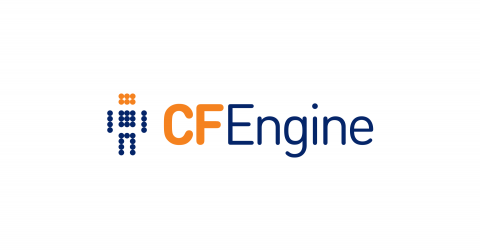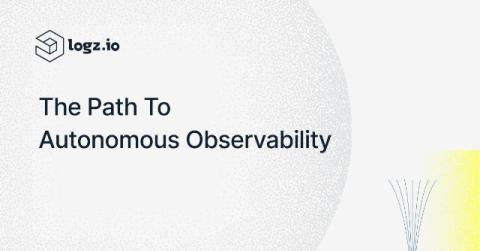Enhancing Log Analysis with Machine Learning (ML)
Log Analysis has been a beneficial practice for organizations for numerous years, and over these years it has continuously evolved. This has been in part driven by the increasing volume of logs that companies are required to monitor. Now, log analysis is shifting again, incorporating machine learning (ML) and artificial intelligence (AI) to assist data analysts in identifying system log patterns and anomalies.











